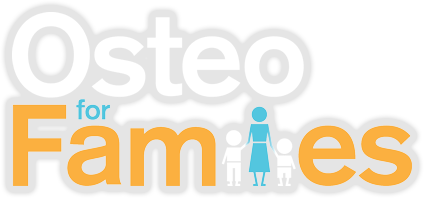Understanding Osteopathy and how it works
Osteopathy is a form of manual medicine which can be effective for the entire body. Osteopaths commonly focus on the musculoskeletal system but we also look at other areas of the body including the nervous, lymphatic and circulatory systems. Osteopaths use gentle techniques such as soft tissue massage, joint mobilisation, stretching with and without resistance, myofascial release, biodynamics and cranial osteopathy to assist patients in achieving pain-free movement by correcting underlying dysfunction. We also on occasions ‘crack’ patients necks or backs but please understand that this is only when the practitioner feels it is safe AND the patient is comfortable having a manipulation done.
What sets Osteopathy apart from other forms of manual medicine is its principals:
Osteopathy is based on Andrew Taylor Still’s foundations of Osteopathy:
The body is a unit.
The body possesses self-regulatory mechanisms, having the inherent capacity to defend, repair, and remodel itself.
Structure and function are reciprocally interrelated.
Treatment is based on applying these principles
In translation, the osteopathic belief is that by finding the cause of the pain, and treating this, the problem will be fixed and you will not need to come back time and time again.
Fundamental concepts of Osteopathy are:
1. Structure and Function are interrelated
An example: If you have sprained your ankle (structure) you will limp to compensate for the pain therefore not allowing your ankle to function properly.
2. The Body is a Single Dynamic Unit of Function
Using your sprained ankle as an example again:
The circulatory system supplies blood to every tissue and organ therefore causing swelling in the ankle.
The nervous system connects and integrates all of the body’s functions. So pain messages will be sent from the ankle to the brain saying I’ve hurt my ankle. The brain sends messages back to say limp or rest it.
Connective tissue called fascia is a continuous sheath of living tissue that connects the body front to back, head to toe. It surrounds every muscle, organ, nerve and blood vessel. A primary function of this fascial system is to support and lubricate. With an ankle sprain we may see bruising within this connective tissue. We may also start to get a sore knee or low back days later as the connective tissue is protecting the sprained ankle and now other tissues have to stretch or pull tight to compensate.
Thus, the circulatory system, the nervous system and the fascia all help to organize the body into a unified continuous whole. No single part exists independent of the whole. When even a small part of the body does not function optimally, the entire person is affected.
Understanding this concept of functional unity allows Osteopathic practitioners to diagnose and treat their patients as a functional whole. This may explain why an osteopathic physician may treat an area that is fairly distant from the area of pain or injury.
3. The Body Possesses Self-Regulatory and Self-Healing Mechanisms
We know that if we look after a sprained ankle it should be able to repair itself within 4-8 weeks depending on the damage. What most patients do is not look after their sprained ankle and not listen to their bodies and therefore end up with an ankle not repairing or back pain due to compensation.
4. Rational Treatment is Based on Applying These Principles
Osteopathic treatment applies these principles with a sound and thorough knowledge of anatomy and physiology. An osteopathic medical approach to treatment typically integrates osteopathic manipulation to restore structural freedom in the tissues, enhance fluid flow throughout the body, and creates the optimal setting for healing to occur.
